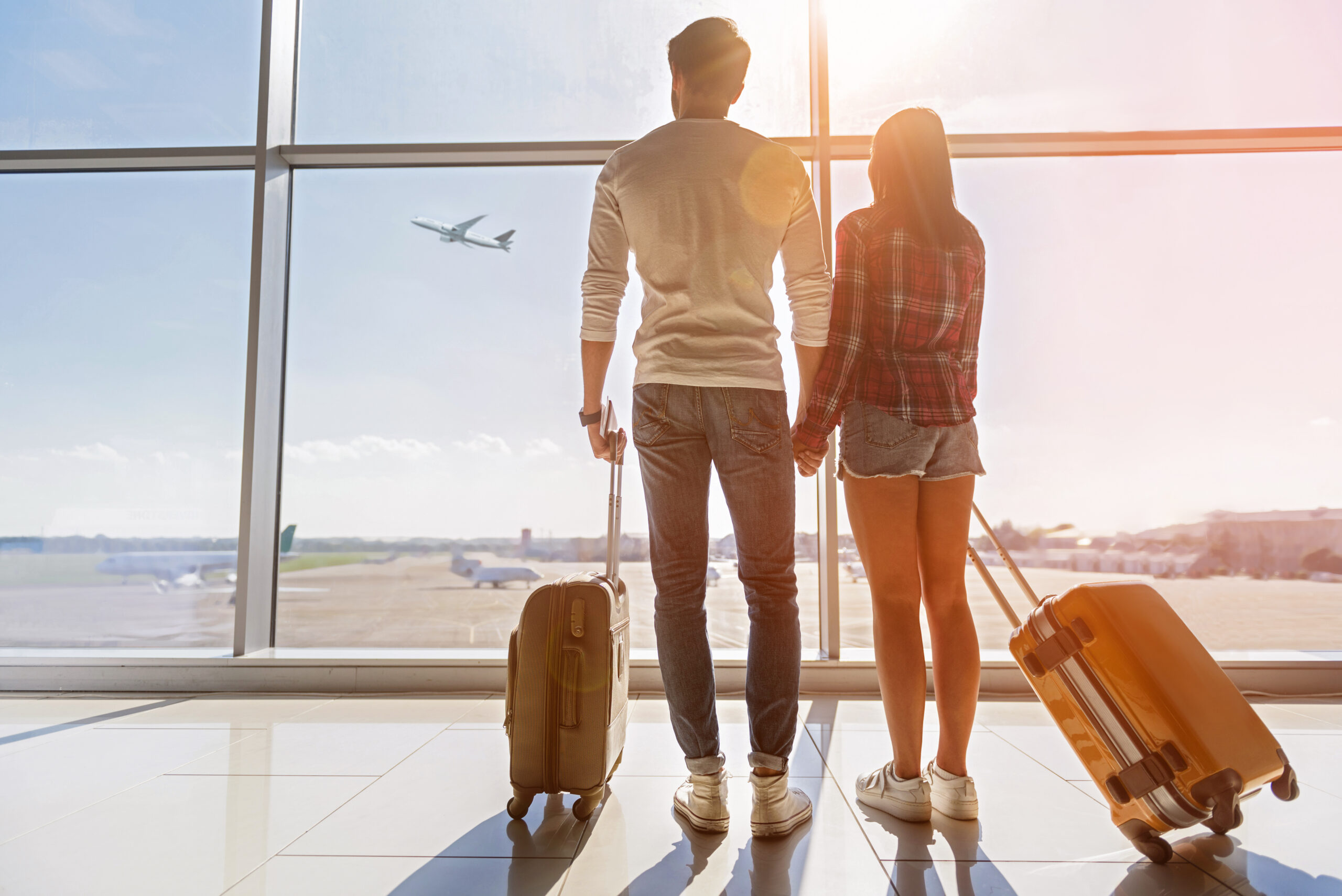Table of Contents

Married couples who choose separate seats on flights often discover an unexpected benefit - it can actually strengthen their relationship rather than weaken it.
At a Glance
- Some married couples deliberately choose to sit apart on flights due to different seating preferences or to enjoy personal space
- Travel advisor Nadia Henry and her husband intentionally book separate seats: "He likes the window, I like the aisle"
- Having mental space during travel can help couples return to each other refreshed and appreciative
- For those who do prefer sitting together, booking early and checking in at least 48 hours in advance improves chances
The Freedom of Separate Seating Choices
The conventional wisdom suggests married couples should always sit together when flying, but a growing number of couples are discovering the benefits of booking separate seats. This isn't a sign of relationship trouble but rather a practical decision based on individual comfort preferences. Many couples have different seating preferences that simply don't align. As travel advisor Nadia Henry explains about her seating arrangement with her husband, "He likes the window, I like the aisle, and we pray that no one sits in the middle of us."
Brian Murphy, who stands 6'4", prioritizes leg room over proximity to his spouse: "I'm 6'4 so I like to have an aisle so I can stretch my legs out." These practical considerations often outweigh the perceived need to sit directly next to a spouse, especially on longer flights where comfort becomes increasingly important.
Mental Space and Personal Comfort
For many long-married couples, the idea of spending a few hours in separate seats isn't threatening but refreshing. Enjoying personal activities like reading, catching up on work, or simply relaxing without conversation can be rejuvenating. This temporary separation actually allows both partners to engage in activities they personally enjoy without feeling obligated to interact. The flight becomes an opportunity for individual downtime that can benefit the relationship upon landing.
Experts note that giving each other mental space is important for couples, regardless of whether they physically sit together or apart. This perspective challenges the notion that couples must spend every minute together to maintain a healthy relationship. Instead, it recognizes that personal space and independence remain important even within the closest partnerships.
Because they are Democrats. No one can tolerate perpetual proximity stress https://t.co/96xAbQFMMd
— TheLastRefuge (@TheLastRefuge2) April 23, 2025
Strategic Seating Options
For couples who prefer some connection while still maintaining personal space, several seating strategies can work well. One popular option is booking two aisle seats across from each other, which allows for easy communication without being directly adjacent. Another approach is selecting window and aisle seats in the same row, which increases the chance of having extra space if the middle seat remains empty on less crowded flights.
Some couples adjust their seating preferences based on flight length. Kate Mikkelson explains, "We generally like to be next to each other," but this preference becomes more important on shorter flights where the inconvenience of separation might outweigh any benefits. On longer international flights, however, the comfort of preferred seating positions often takes priority.
Planning for Preferred Seating
Whether couples prefer sitting together or separately, advance planning significantly improves the chances of securing desired seats. Booking early, choosing premium seats when possible, and checking in at least 48 hours before departure all help ensure seating preferences are met. For budget-conscious travelers, it's worth noting that basic economy tickets often don't include advanced seat assignments, which can complicate seating plans.
For those who must sit together, such as families with young children, some airlines offer accommodations. However, even married couples who choose to sit apart should communicate this preference clearly when booking to avoid last-minute confusion or pressure from flight attendants or fellow passengers to rearrange seating. The key is making an intentional choice that works for both partners rather than defaulting to expectations.
Enhancing Connection Through Independence
The choice to sit separately represents an evolution in how we view healthy relationships. Rather than seeing constant proximity as the only measure of closeness, many couples find that occasional distance actually strengthens their bond. The hours spent apart during a flight can lead to more meaningful conversations upon reunion, as each partner brings fresh perspectives and experiences to share.
For couples in their 40s and beyond who have developed strong foundations in their relationships, the confidence to prioritize individual comfort without worrying about appearances can be liberating. This approach acknowledges that true intimacy isn't about physical proximity but rather emotional connection that remains intact regardless of seating assignments. The flight becomes not just transportation but an opportunity for both personal refreshment and relationship growth.
